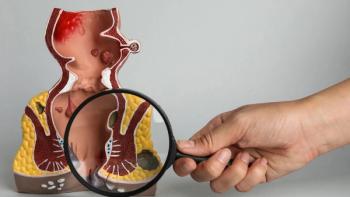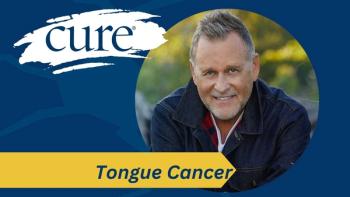
Understanding the Disease, Treatments Help Patients Navigate a CML Diagnosis
Initial discussions about treatment, side effects and study results can help patients navigate through all aspects of a chronic myeloid leukemia diagnosis.
The initial discussions with health care teams regarding treatment options, side effects and long-term expectations are key in navigating a chronic myeloid leukemia (CML) diagnosis, Dr. Jorge E. Cortes said.
Cortes is the director of the Georgia Cancer Center at Augusta University. At the 2024
“The better you understand that initial diagnosis, the better the chances of navigating through the good and the possibly not as good that may happen through the therapy,” he said.
Transcript:
I think that initial discussion is very important. There may be things to consider. No. 1 what are all the treatment options? They all have pros and cons in terms of side effects, the possibility of efficacy, the schedule of administration, the availability of generics or not — all those things are important.
No. 2, what are the goals of therapy? What can I expect? What do the treatments give me, including the possibility of eventually stopping therapy, it's not a reality for everybody, but it is a possibility for everybody, and what improves the chance to get there?
Side effects — what are the known side effects for each drug? And the common ones, the serious ones and the less serious ones that are constant. How do they impact [quality of life]? Some of them happen with all the drugs, some of them are more specific to one drug or the other. So, all of these things are important.
The last one is how do we know that I'm having a good response or not? How do you measure that, what do the results mean [and] what do we do if things are moving in the direction or not? What is the right direction? How do we assess that? All these things are important, because the better you understand that initial diagnosis, the better the chances of navigating through the good and the possibly not as good that may happen through the therapy.
Editor's Note: This program was made possible with support from Novartis Pharmaceuticals.
For more news on cancer updates, research and education, don’t forget to




